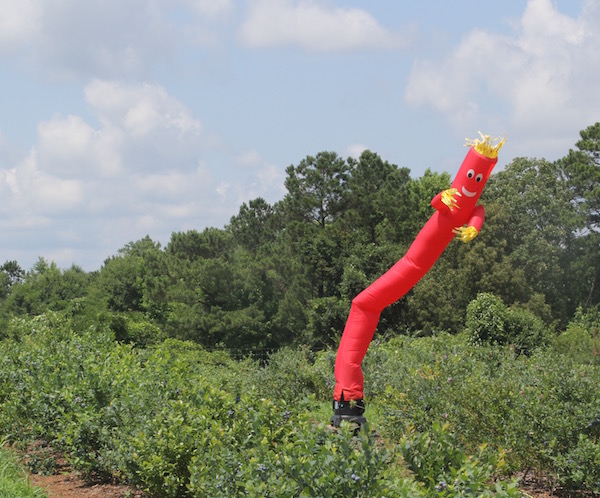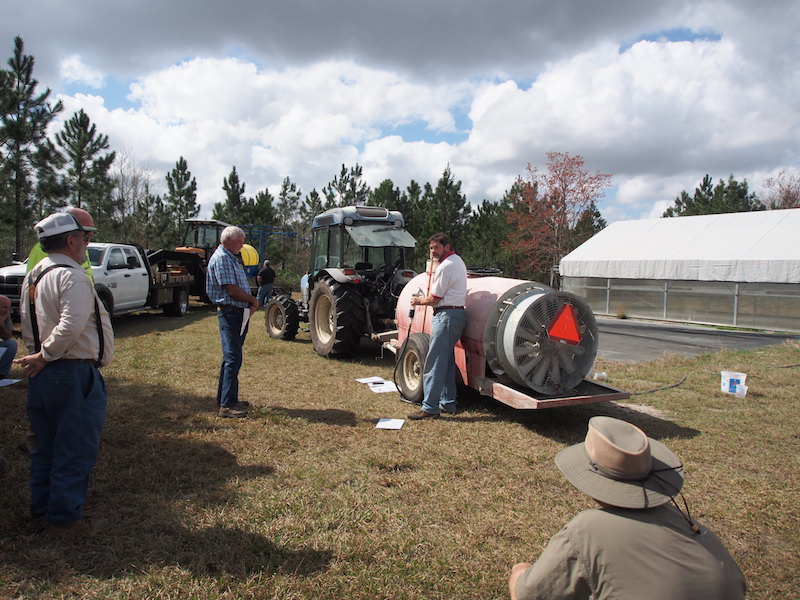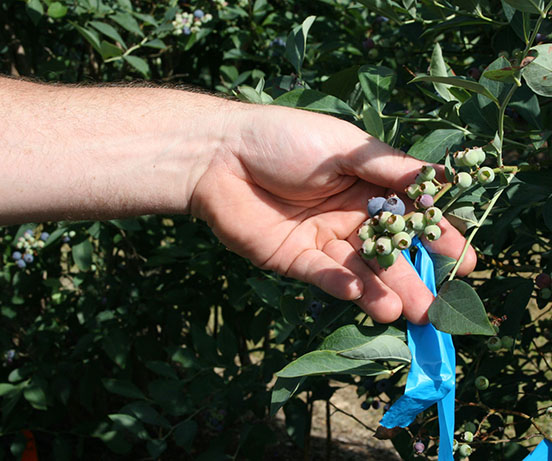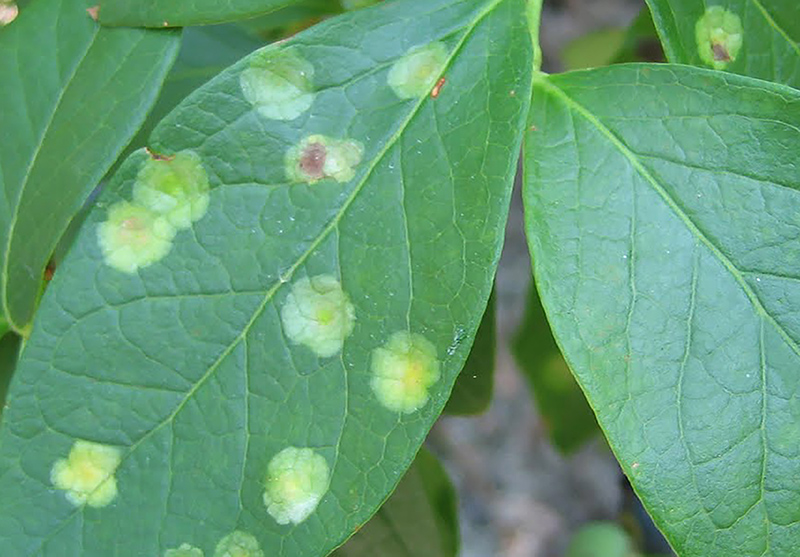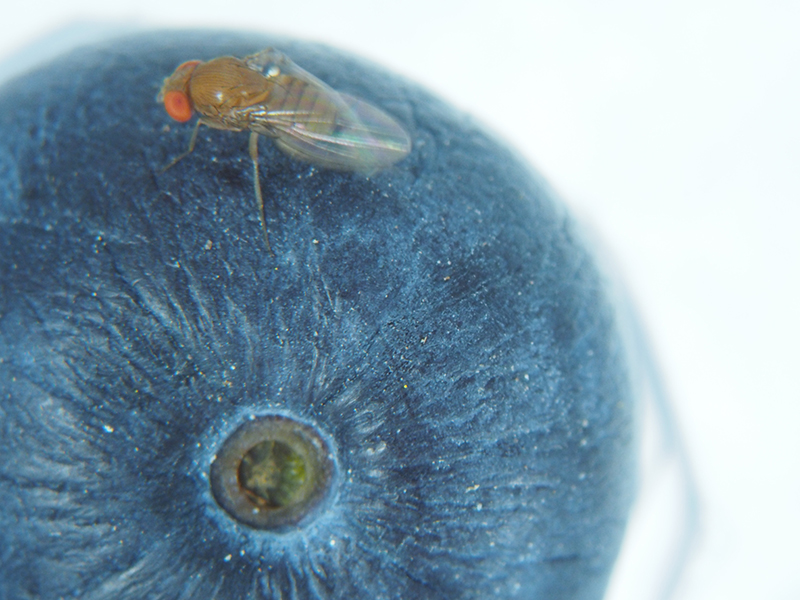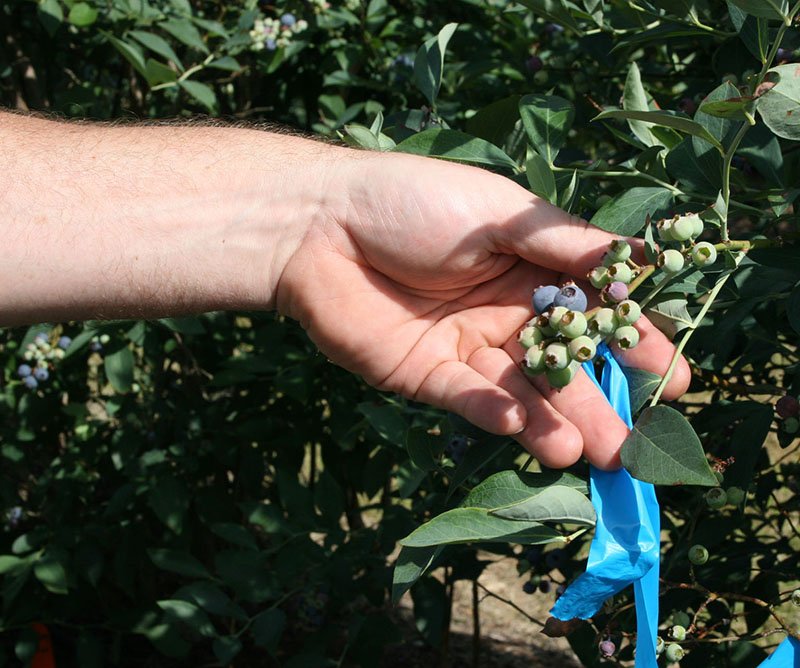 CAES News
CAES News
IPM Grant
The University of Georgia has been awarded a $2 million grant from the U.S. Department of Agriculture National Institute of Food and Agriculture to develop organic methods of controlling the Spotted Wing Drosophila (SWD).

